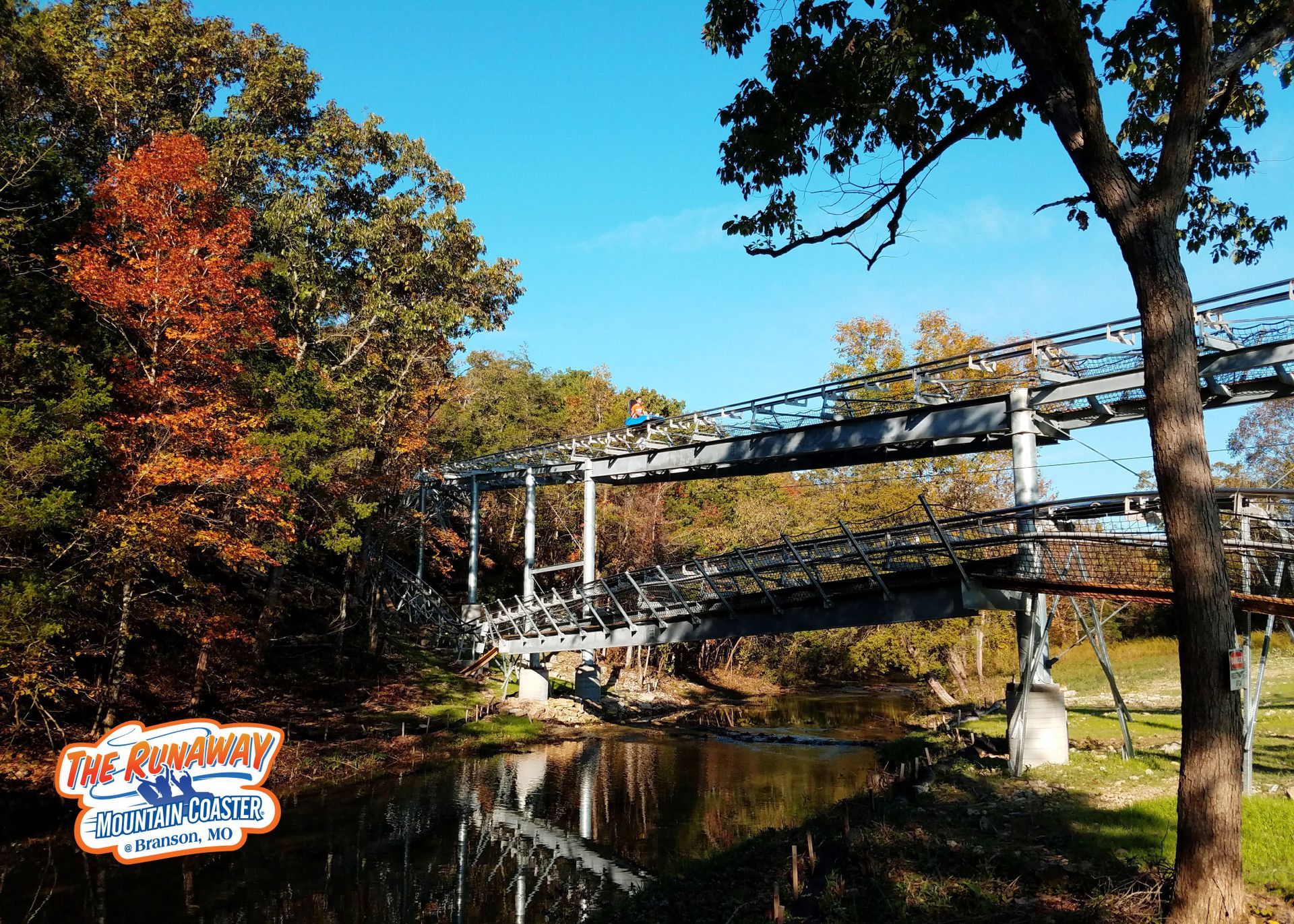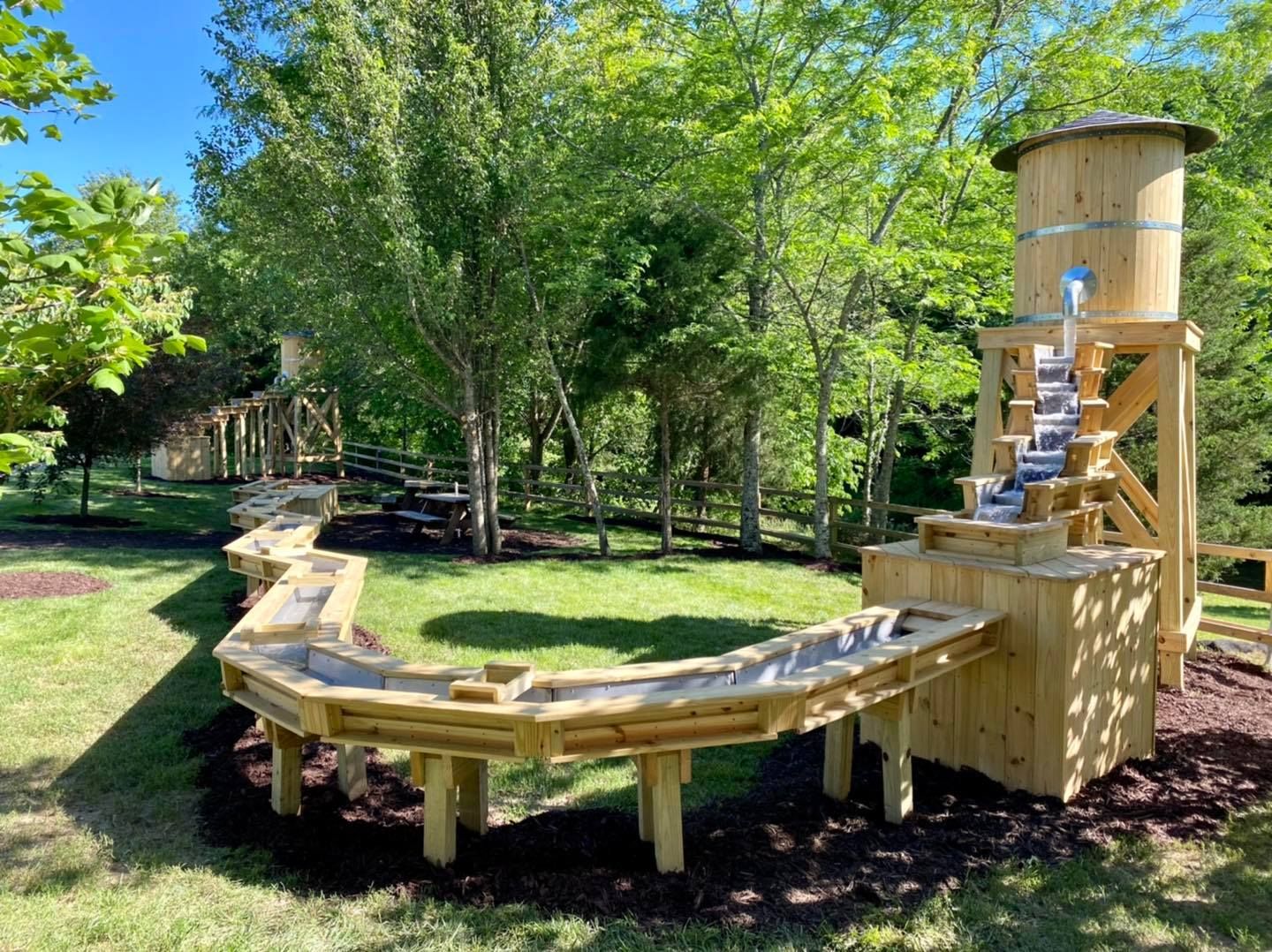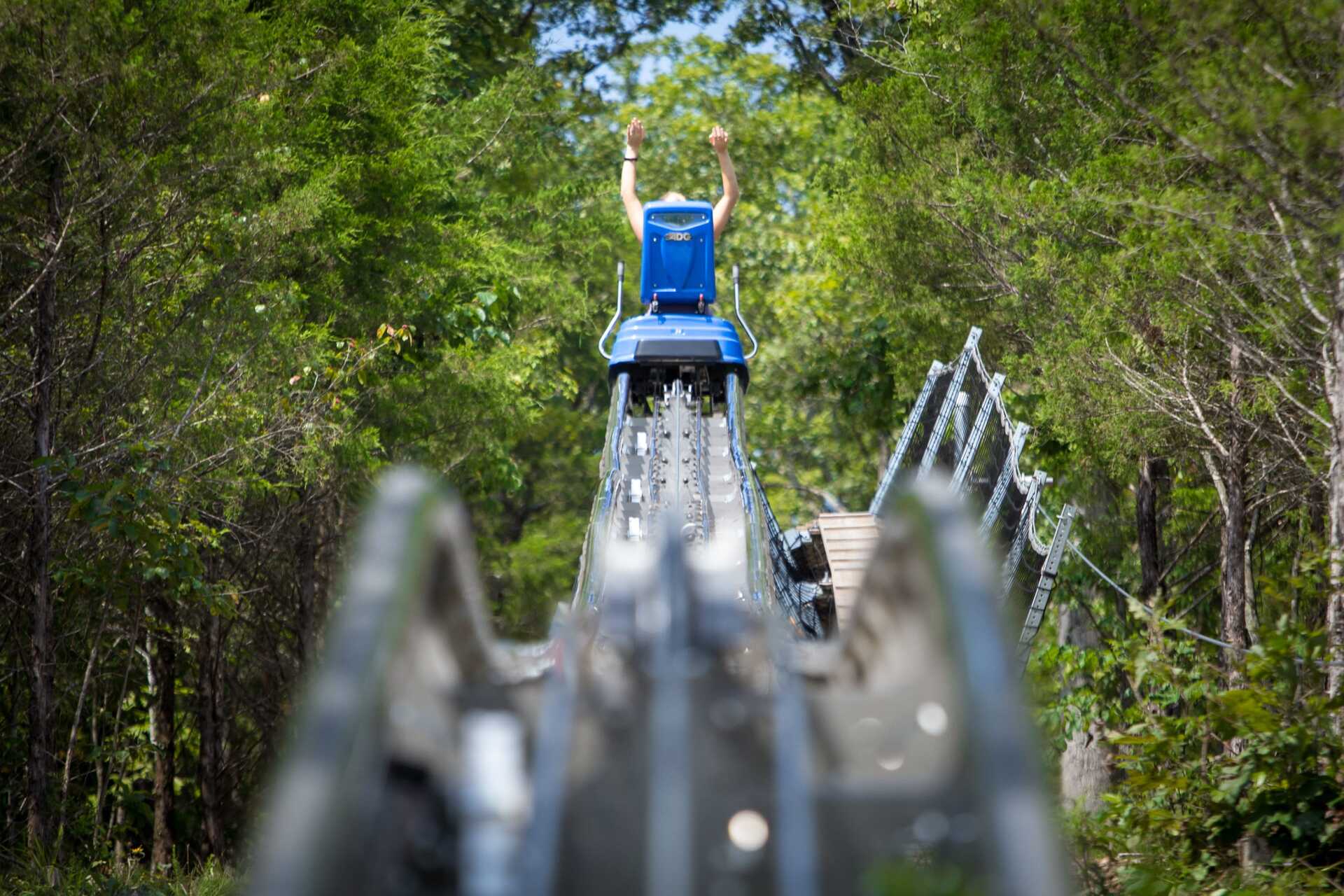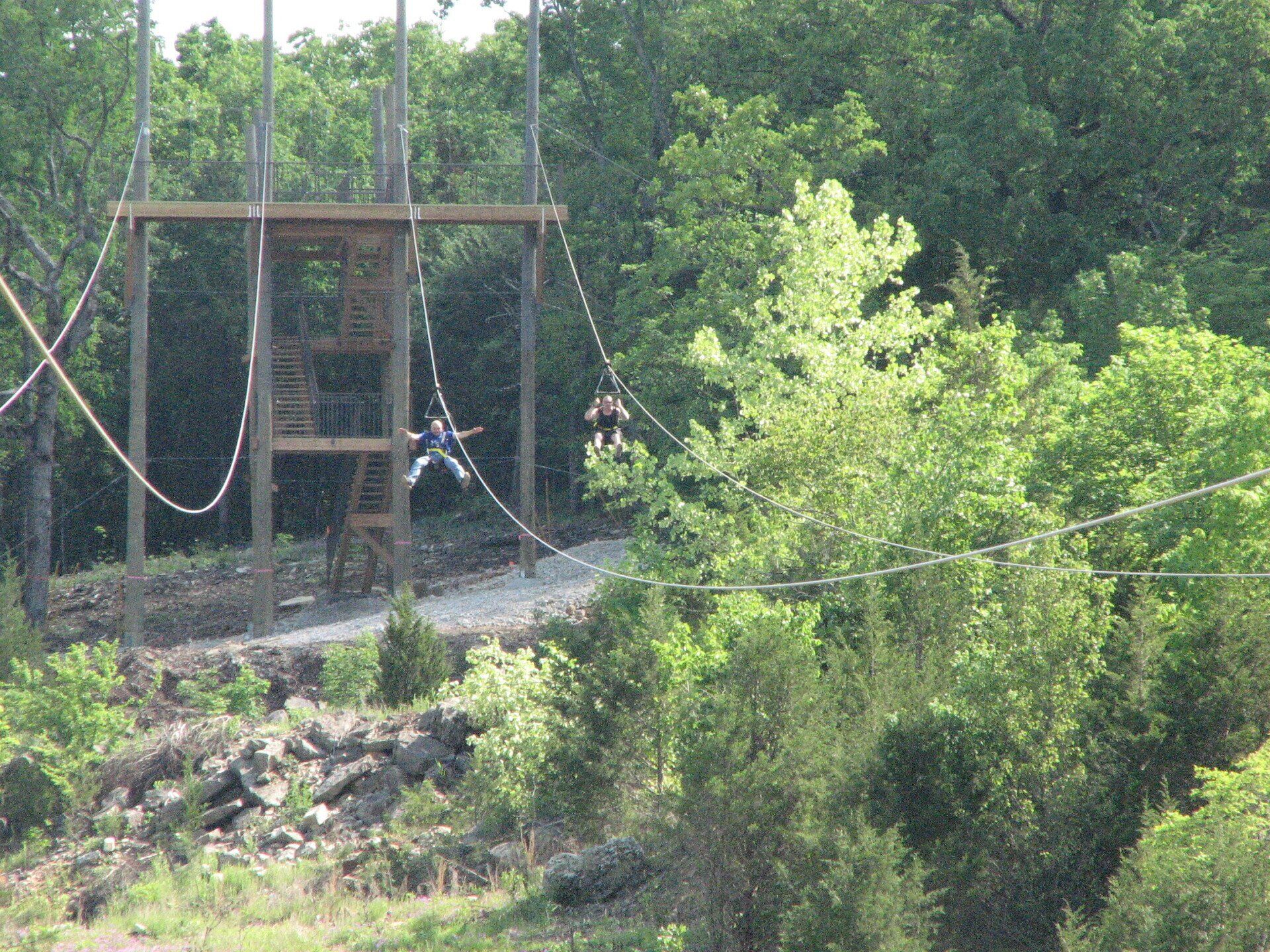History of Gold Panning
Some gold deposits, known as lodes, are found in fractured rock veins. After millions of weathering, gold nuggets and flakes are eroded out from the grounds and carried away by streams and rivers. Gold panning or Gem Mining is an exciting activity that anyone can enjoy after a thrilling ride adventure on the mountain coaster in Branson.
This article will teach you about the history of gold panning and how daring fortune seekers carry it out.
Gold panning is the simplest and oldest method of placer mining for extracting gold from gold placer deposits found in rivers and streams. Gold panning and other placer mining methods date back to the Romans. During the conquest of South America in the 1600s, the Spanish used placer methods, including panning, to extract metals.
Today, gold panning is limited to small-scale operations with limited resources and recreational prospectors. Although gold panning is inexpensive, it is not very productive, so other placer methods are usually used in large-scale operations. In Alaska and British Columbia, gold panning and other gold mining methods are used in placer deposits.
Gold panning is a straightforward process. Gravel is scooped up and placed in the pan from a placer deposit. Water is added, and the pan is shaken to let gold get into the bottom while lighter materials like gravel and mud are discharged. Gold has an SG of 19 and is dense, so when the pan is shaken, it will fall to the bottom of the pan.
Gold pans have a diameter of 13′′ to 17′′ and are made of metal or high-impact plastic. If you have the muscle to pan heavy weights, the larger the pan, the more productive your day will be. In South America (Ecuador/Peru/Guatemala), where small-time gold miners pan for a living, they use the lid of a large drum to get as large a pan as they can handle.
While gold pans are inexpensive, they are not as effective as other placer equipment like Rocker Boxes, Sluices, and mechanical Gold Dredges. Many prospectors could afford rocker boxes and sluices, but dredges required significant capital investment and were only used on larger-scale ventures. Dredges for gold did not appear until after 1900.
The history of gold panning and gold placer mining has long been learned in North America. Its low cost and simple process allowed many men of modest means to participate in the gold rushes in North America during the nineteenth century. The first major gold rush in North America occurred in north central California between 1848 and 1855. Over 300,000 prospectors, also known as 49ers, descended on the Coloma, California area.
When the gold ran out in northern California, some traveled to the Cariboo region of British Columbia for the gold rush, which lasted from 1858 to 1863. Over 30,000 prospectors descended on this area, with Barkerville serving as the hub of activity. In this region, only recreational placer mining occurs, but Barkerville Gold Mines in Wells, BC, has recently resurrected the hard rock mine in the last ten years.
Finally, the Klondike gold rush occurred in North America from 1896 to 1899. There were about 100,000 men who risked their lives in the harsh Yukon climate to seek their fortune. The action was concentrated along the Klondike River between Alaska's eastern border and Dawson City, Yukon. This gold rush ended in 1899 when gold in Nome, Alaska, was discovered.
Gold panning and placer mining are carried out in either active or inactive stream beds where gold is suspected. Typically, gold prospectors are drawn to a specific location based on rumors and the presence of a nearby hard rock gold mine. Placer deposits are the source of gold in the streambed. A placer deposit accumulates valuable minerals formed during sedimentation processes by gravity deposition.
As previously stated, gold is a relatively heavy material that can be suspended in a fast-moving stream. Gold is much more severe than gravel and other materials commonly suspended in stream flow. Gold has a specific gravity of approximately 19.3 (a measure of the mineral's density relative to water), whereas gravel has a specific gravity of only 3.0.
As a result, when the stream flow is slowed in places like the inside of a river bend or at the bottom of a waterfall, the gold falls out of suspension and forms a placer deposit.
There are also placer deposits for valuable resources such as diamonds, copper, silver, and platinum. The critical point is that the resource is dense and falls out of suspension when the flow stream slows.
The low cost and simple golf panning allow even amateurs to take up gold mining. However, it is normally non-economic, and other placer methods are used in commercial ventures. Its primary use is for recreational use or mainly to test an area for gold, such as an old underground gold mine dump.
Gold panning is a fascinating activity that adventurous fortune seekers should try after they have enjoyed a thrilling adventure ride on the mountain coaster in Branson and checked out the Gem Mine there.











 by
by